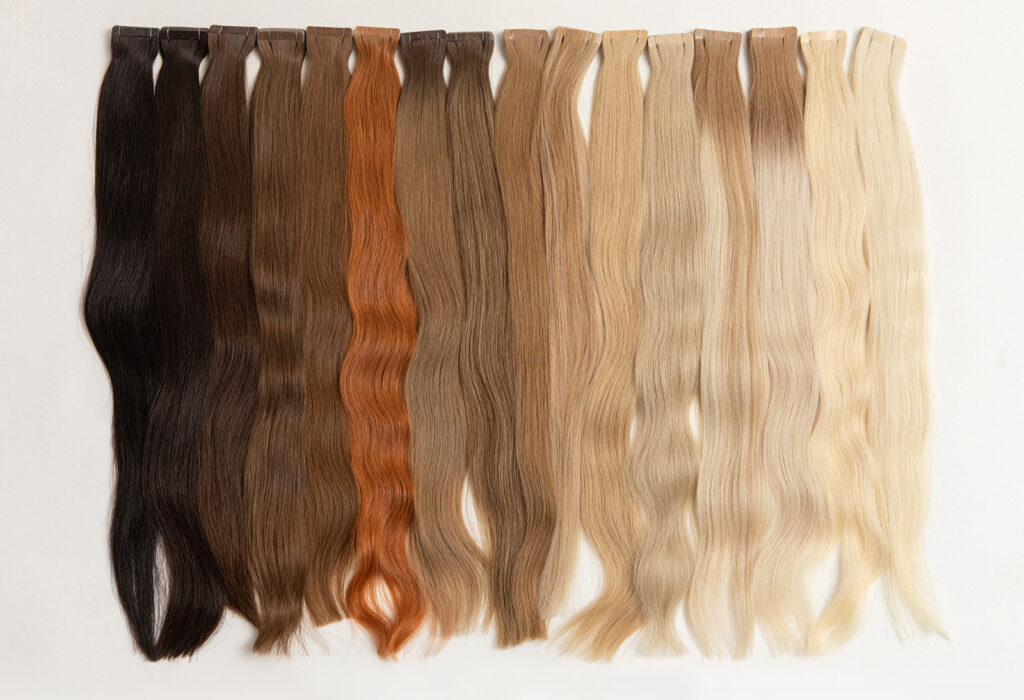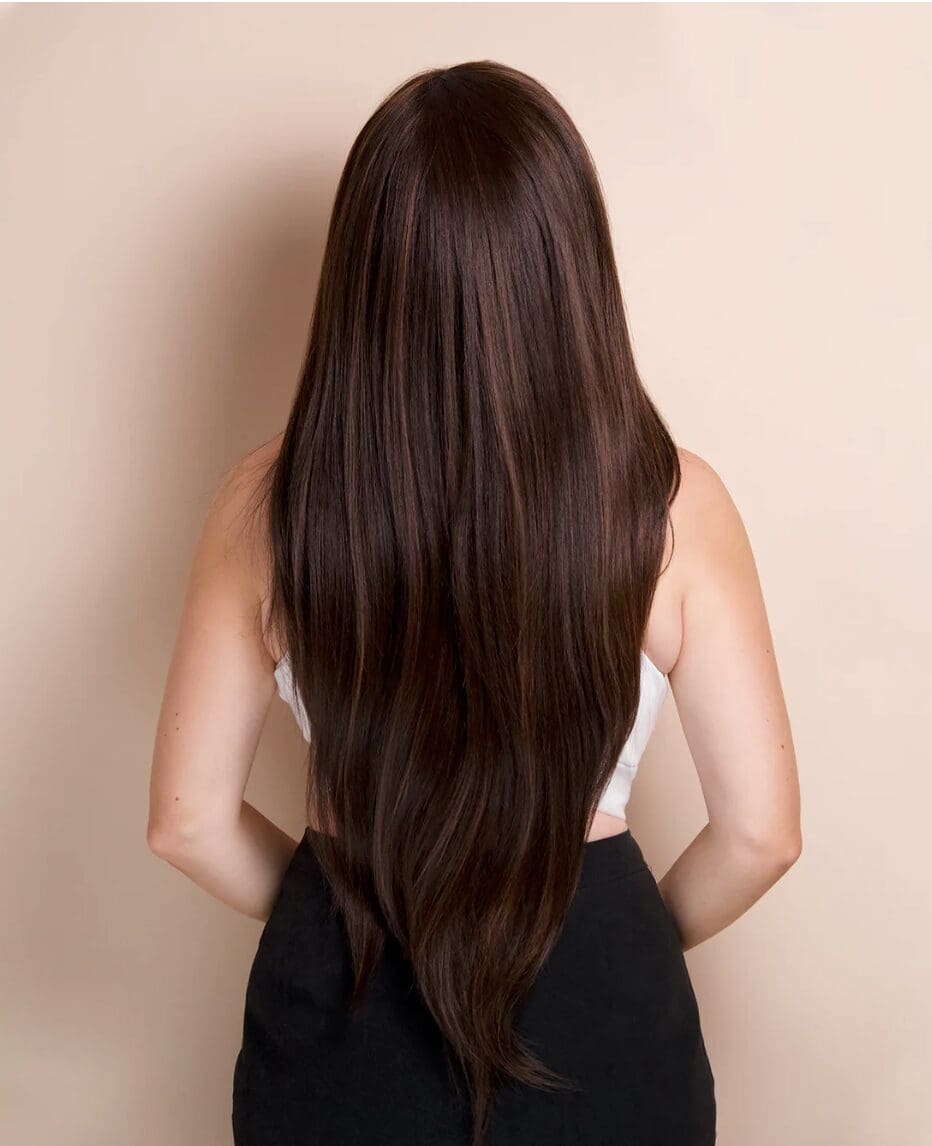It’s been an under-the-radar health and sustainability issue: synthetic hair extensions, including clip-ins, wefts and closures, crafted from plastic fibres such as polyester, acrylic and nylon, have long been favoured by wearers to express personal style and address hair-related issues but, despite their relatively affordable prices, these extensions and wigs often come with drawbacks. Aside from a shorter lifespan and sensitivity to heat styling and colouring treatments, little breathability and harsh chemicals used in processing these hair pieces make synthetic hair extensions uncomfortable to wear. Not to mention, synthetic hair extensions contribute to environmental challenges.

“In the last couple of years, I’ve noticed a lot of people are choosing wigs and extensions that not only look super realistic but are also kinder to the planet,” says Kate Ross, a hair specialist with Irresistible Me. “I think social media and a bigger conversation around taking care of our world are big reasons why we’re seeing this change.”
As awareness grows, brands are now focusing on creating extensions that are not only remarkably realistic and customizable but also environmentally friendly to address consumer concerns. “The move toward more sustainable but realistic-looking fake hair options is fuelled by the advancements in technology and materials, which have made it possible to create products that meet these criteria,” says Ross about vegan fibre wigs that are crafted from synthetic materials sourced from plants or recycled plastics, offering a more sustainable alternative to human hair without sacrificing quality.
Irresistible Me, in New York, offers a line of Japanese vegan fibre wigs and ponytails; in Missouri, another brand, Rebundle, developed Braidbetter in 2021—a creative line of braids crafted from extracted banana fibres. Hypoallergenic and an ideal option for those who generally experience scalp irritation, Braidbetter braids are also fully biodegradable and compostable after use. “[But] if you’re looking for a high-quality option that will last longer and you don’t mind spending a bit more, Remy is the way to go,” explains Ross of the type of extensions that are increasingly garnering attention for their natural appearance and longevity.

“Remy hair is considered to be the highest grade of human hair, and is collected from a single source with the cuticles intact, which means that all hair strands from root to tip are in the same direction,” explains Sara Rose, co-founder of Harloc, a Vancouver business that specializes in tape-ins, clip-ins and ponytail extensions crafted from Remy Slavic hair. Processed in a specific way to maintain its cuticle alignment, this prevents the hair from tangling, giving it a smooth, shiny appearance for a more natural look and feel.
Despite the higher price of Remy hair compared with vegan fibre alternatives, Rose says that price alone doesn’t accurately reflect a business’ commitment to sustainability. While harloc, for instance, prioritizes sustainable and ethical practices by sourcing hair from willing donors in communities throughout Central and Eastern Europe, offering fair-trade prices, conducting factory site visits to ensure compliance with standards and collaborating with a local company to develop eco-friendly packaging, Rose emphasizes the importance of consumers conducting their own research on a business’ practices and seeking transparency before making a purchase.
Whether you go with synthetic, vegan fibre or Remy hair extensions and wigs, wearers can help keep them out of the landfill for longer by properly taking care of them to maximize their shelf life. “To maintain vegan fibre wigs and extensions, avoid high heat and harsh chemicals. Use gentle, wig-safe products for washing and detangling, and store them properly when not in use to prevent tangling and damage,” advises Ross. For human hair options, wash and condition with sulphate-free products and avoid excessive heat styling. Store them properly and always detangle gently from the ends up to avoid breakage.
At the end of their lifespan, seek ways to repurpose hair extensions to minimize the chances of them ending up in landfills. Businesses like Harloc collaborate with Green Circle Salons, which collects hair extensions and wigs and turns them into mats to soak up oil spills. Hair today, gone, sustainably, tomorrow. —Vivian Chung

Be the first to comment